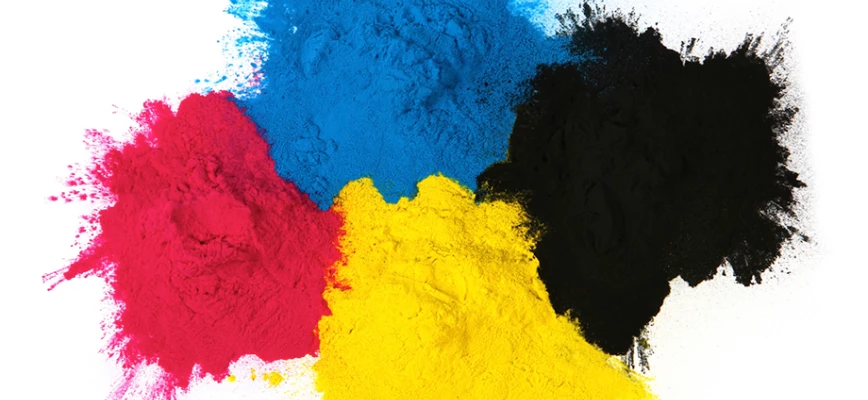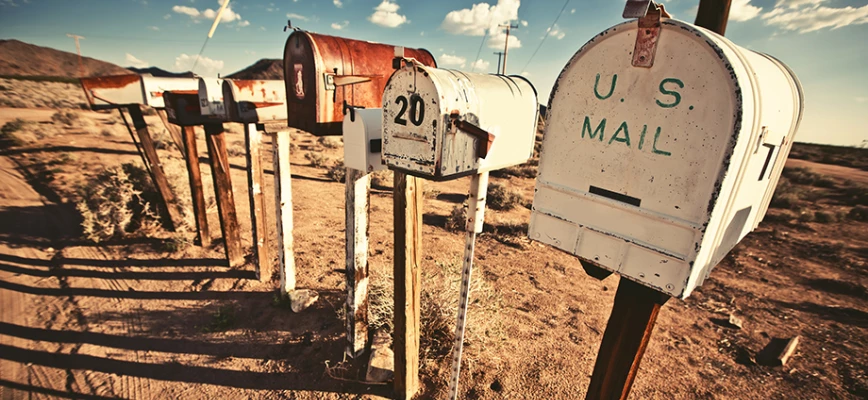19/05/2017
by Dimitri Van Gaever
Visibility and perfection
However, with increased visibility comes an increased demand for perfection. Contrary to what many people assume, there is more to light boxes than taking your average poster and placing a light source behind it.
Different types of light boxes
There are various types of light boxes available to backlight prints, giving them a dramatic glow that is bound to attract the attention of passers-by. When it comes to selecting the best lightboxes for your ad campaign, much depends on the environment you’re planning to install them in. Three common types of light boxes are:
1. Fluorescent light boxes
Fluorescent light boxes are made quite deep in order to house the standard fluorescent light tubes they are equipped with. This type of light box has great light diffusion, evenly spreading the light across the print, and is most commonly used for outdoor purposes.
2. LED light boxes
LED light boxes are remarkably bright and very energy-efficient. Contrary to fluorescent light tubes, LED lights are a point source, requiring a deeper box or additional light diffusers to avoid so-called ‘hot spots’ and spread the light evenly.
3. Edge-lit LED light boxes
Edge-lit LED light boxes evenly disperse light thanks to LED lights which are placed around the edge of the frame and shine into a diffuser. This type of light box is very energy-efficient as well and can be made very thin, which explains why it is a popular choice for POP purposes in stores.
The best substrates for backlit posters
As is the case with selecting a type of light box, deciding which material to print on also requires taking into account where the light box is going to be installed. If a light box is going to serve as POP material in stores or other retail environments, polyester-based backlit film is the substrate of choice and ideally compatible with Xeikon presses. While some brand owners and printers opt for inkjet technology to print light box materials, an electrophotographic printing process brings much more to the table.
The ideal technology for light box printing
There is nothing quite like backlit film to make graphics come alive. When lit from behind, colours instantly become more vibrant, images become sharper, and the poster gets an eye-catching glow that is bound to stop consumers in their tracks. Provided the printer managed to get things spot on, that is. When it comes to backlit graphics, Xeikon knows like no other that much, if not all, depends on the added value the printing process creates. There are three reasons why Xeikon technology is ideal for light boxes.
1. One-pass-duplex
Films destined for light boxes require deep colour images with high coverage. There are several ways to accomplish this in a multi-pass inkjet environment, but doing so is time consuming and prone to errors. If the front to back registration is not perfect, the image turns out blurry. That’s where Xeikon’s one-pass-duplex technology comes in.
One-pass-duplex print technology prints films on both sides in one pass, guaranteeing a perfect front to back registration and appropriate colour density every time without loss of printing speed.
2. Intense colour palette
Another plus to Xeikon’s electrophotographic (EP) technology is colour intensity. Especially when combined with Xeikon’s QA-CD dry toner, EP presses give access to a wide colour gamut and produce a remarkably vivid colour palette.
In need of spot colours for your light box prints? Xeikon’s in-house toner production facility creates both off-the-shelf spot colours and custom spot colours on demand.
3. 1200dpi print resolution
Most light boxes that serve as a POP material in stores are looked at from up close. Hence, since backlighting magnifies even the slightest printing error, a high-resolution printing process is a must for lightbox prints. Xeikon’s EP presses effortlessly print 1200dpi, giving POP light box prints that much-needed extra high-quality edge.
Questions? Let’s get in touch!
Wondering what Xeikon can do to improve your light box prints? Discover the datasheets for the Xeikon 9600 and Xeikon 9800, or contact us with any question you may have.



